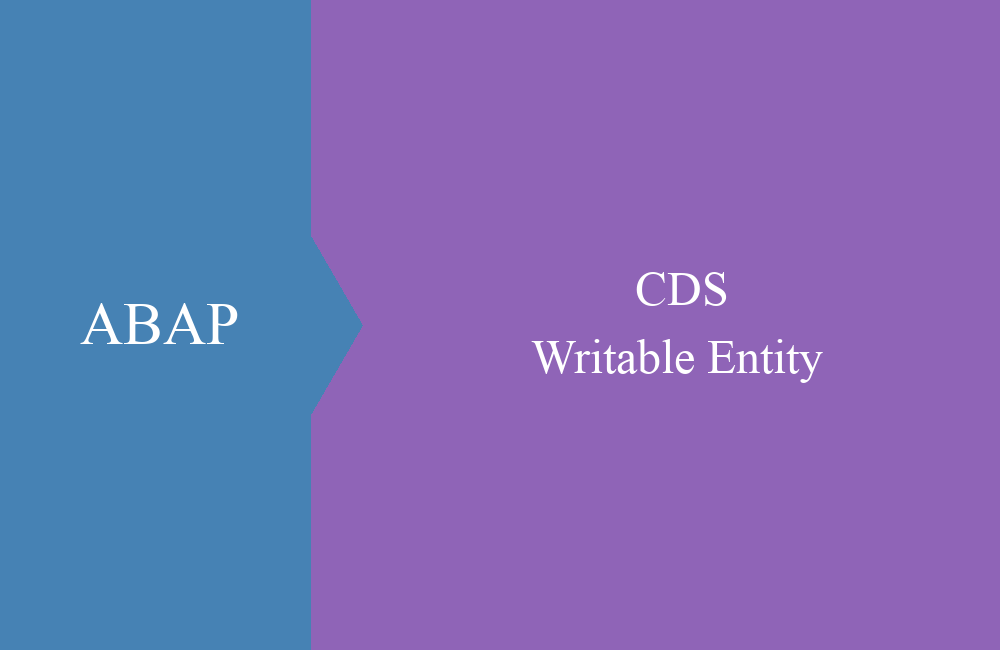
CDS - Learnings
In this article we summarize the learned content and show you the way for what you will need the CDS Views in the future.
Table of contents
The main series of Core Data Services has ended today and there will always be updates in the future, but do you now know everything about the topic? Above all, our articles should give an insight into the topic and in the end there is still a lot to learn in practice.
The new data model
In the first articles we mainly dealt with the new data model and the structure. SAP is moving away from the classic tables and is increasingly relying on the layer of CDS views, the so-called virtual data model (VDM). Tables will still contain the data, but access will take place via the normalized data model, since this is also more robust to changes.
Use
The new views are currently being used primarily by SAP, whether as an OData service, in programs or as new auxiliary views for old tables (which are no longer required). In the future, however, the ABAP RESTful Programming Model (RAP) will increasingly come into focus. Applications and APIs will be based on this programming model and you as a developer can also use it to build Fiori applications much more easily.
In the cloud (SaaS), access to spreadsheets is limited, also if your company wants to move towards Clean Core. In this case, it is very important to know the right interfaces and thus also the right core data services that contain your desired data.
RAP
Knowing the basics of using Core Data Services is very important, especially as we look at the new programming model in the near future. You should focus primarily on the virtual data model, annotations and associations, because these will play an important role.
GitHub
As stated at the beginning, all resources are available via GitHub and can be used for follow-up. The respective articles and changes can be viewed via the individual commits. Should anything change in the future, we will update the repository accordingly.
Conclusion
The Core Data Service topic will keep us busy for a while, especially when we get into the topic of RAP with you. All previous articles primarily represent a basis in the topic and must be further deepened in practice.




